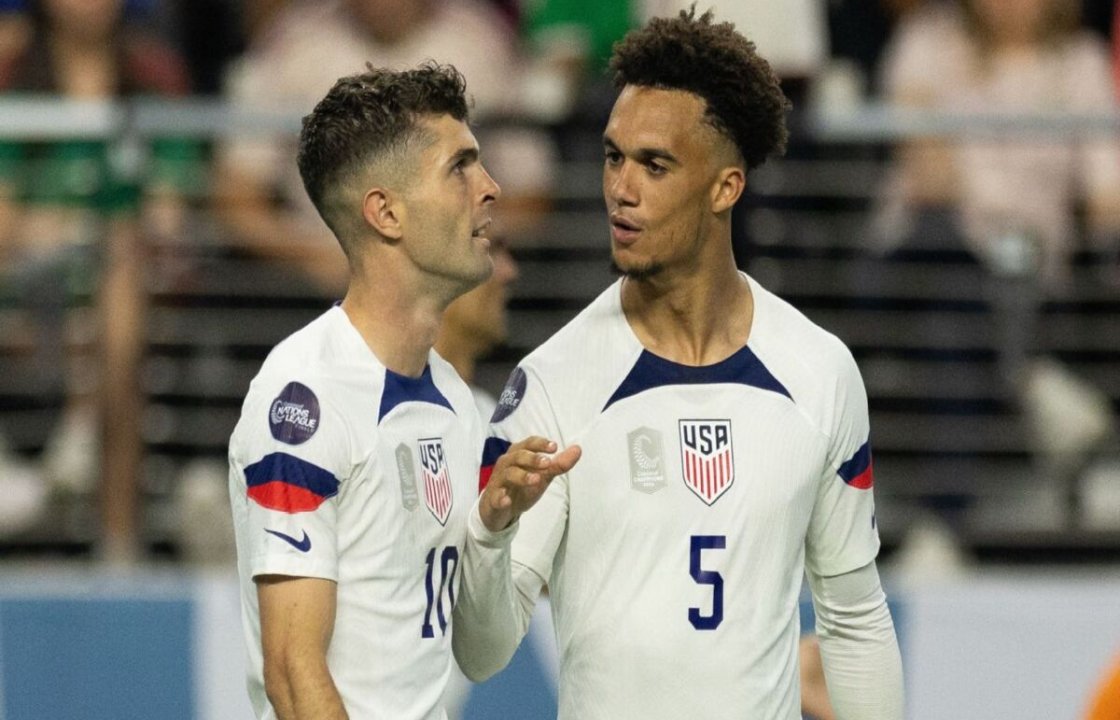The rise of Major League Soccer (MLS) from a regional league to a global competitor is no longer just a dream—it's a reality unfolding before our eyes.
The Global Rise of MLS
In the early 2000s, MLS struggled for international recognition, often overshadowed by European and South American leagues. Critics dismissed it as a retirement home for aging stars, a minor league with minimal impact. Fast forward to 2025, and the landscape has shifted dramatically. The recent participation of MLS clubs like LAFC, Inter Miami, and Seattle Sounders in the FIFA Club World Cup is not just symbolic—it’s a declaration that U.S. soccer is ready for the global spotlight.
What makes this transformation remarkable is not just the presence of MLS clubs at major tournaments, but their competitive edge. They’re not just showing up—they’re making a statement. The success of these teams signals a fundamental change in how the league prepares, competes, and invests in talent.
The Messi Effect and Global Attention
One of the most visible catalysts of this global shift is Lionel Messi’s arrival at Inter Miami. His presence turned the eyes of the world toward MLS. But more importantly, it created a ripple effect. More international players now view the MLS as a serious destination, not just for the final years of their careers, but as a viable and competitive league.
With Messi came broadcasting deals, social media buzz, and packed stadiums. Fans from Argentina, Spain, and across the globe tuned in not just for Messi, but to watch teams like LAFC and Seattle challenge some of the best clubs in the world. MLS isn’t riding the coattails of a global superstar—it’s leveraging that attention to prove its own legitimacy.

Investment in Development and Infrastructure
Beyond the hype lies a solid foundation of investment in youth academies, sports science, and club facilities. The recent development of club-owned training centers and purpose-built stadiums showcases how MLS is prioritizing long-term growth.
Teams are no longer relying on college drafts alone. Instead, they are building European-style academies, identifying talent as young as 12 or 13, and integrating them into a professional pipeline. Clubs like FC Dallas, Philadelphia Union, and Real Salt Lake have already produced homegrown players who’ve moved on to European clubs or become national team staples.
This approach mirrors the infrastructure found in football powerhouses around the world. It’s not just about attracting talent; it’s about creating it.
Competing on the Continental and World Stage
The most recent CONCACAF Champions Cup and Club World Cup tournaments have shown that MLS teams are no longer just hoping to participate—they’re aiming to win. LAFC’s run to the finals, Seattle’s historic Champions League win, and Inter Miami’s aggressive push through the tournament bracket highlight this competitive shift.
Unlike in past years where MLS teams fell short against Mexican or South American clubs, they are now standing toe-to-toe with international giants. These aren't flukes—they're the result of strategic planning, tactical discipline, and quality player development.
The world is beginning to take notice. Where once there was skepticism, now there is respect.
The Role of Data, Analytics, and Innovation
MLS clubs have been quick to embrace modern football analytics and data-driven decision-making. Tools like GPS tracking, performance analysis software, and AI-assisted scouting platforms are being used to gain a competitive edge.
These innovations are not just reserved for first-team players. Youth academies and second-division sides are also implementing technology into their training. This scientific approach to development and performance gives MLS clubs a unique advantage, allowing them to be more efficient and forward-thinking than some traditional clubs that rely heavily on legacy systems.
In many ways, the MLS is a lab for innovation, blending global football traditions with American sports technology and infrastructure. This fusion is helping the league leapfrog development stages that took other leagues decades to achieve.
Changing Perceptions of U.S. Soccer
Perhaps the most significant transformation is how the world views American soccer. There is a growing understanding that the U.S. is no longer just a land of athleticism, but one of technical and tactical football knowledge.

Coaches from the U.S. are being hired by clubs abroad, and American players are becoming regular starters at top European sides. This shift is mirrored within the MLS, where the game has become faster, smarter, and more entertaining.
The narrative has changed: MLS is no longer “second-tier.” It’s now a proving ground for emerging talents and a destination for footballers who want to compete at a high level.
The Road Ahead to the 2026 World Cup
With the FIFA World Cup 2026 set to be co-hosted by the U.S., Canada, and Mexico, the timing of this rise is no accident. MLS is clearly gearing up to be front and center in the global football conversation.
There’s a concerted effort from clubs, sponsors, and media partners to make sure that by the time the World Cup arrives, the MLS is seen not as a curiosity, but as a pillar of global football. Stadium upgrades, fan engagement campaigns, and high-profile international friendlies are all part of a broader strategy to cement the league’s credibility.
For the first time, there's genuine belief that the U.S. could emerge from the World Cup with not just fanfare, but lasting influence on the sport's global direction.
Connecting to SIA Academy
At SIA Academy, we recognize that this moment of transformation in U.S. soccer represents a massive opportunity for young players worldwide. The growing international stature of MLS shows that pathways to professional football are no longer limited to Europe alone.
Our training programs mirror this shift by offering an international standard of player development, emphasizing individualized training, tactical understanding, and exposure to competitive environments. Much like MLS academies, we integrate modern technologies, data analytics, and high-performance methodologies to prepare our athletes for the next level.
Whether our players dream of competing in Europe, the MLS, or representing their national teams, we provide them with the tools, mindset, and connections to succeed in today’s global football ecosystem. Just as the MLS is redefining its place on the world stage, so too are we helping shape the next generation of football stars.






